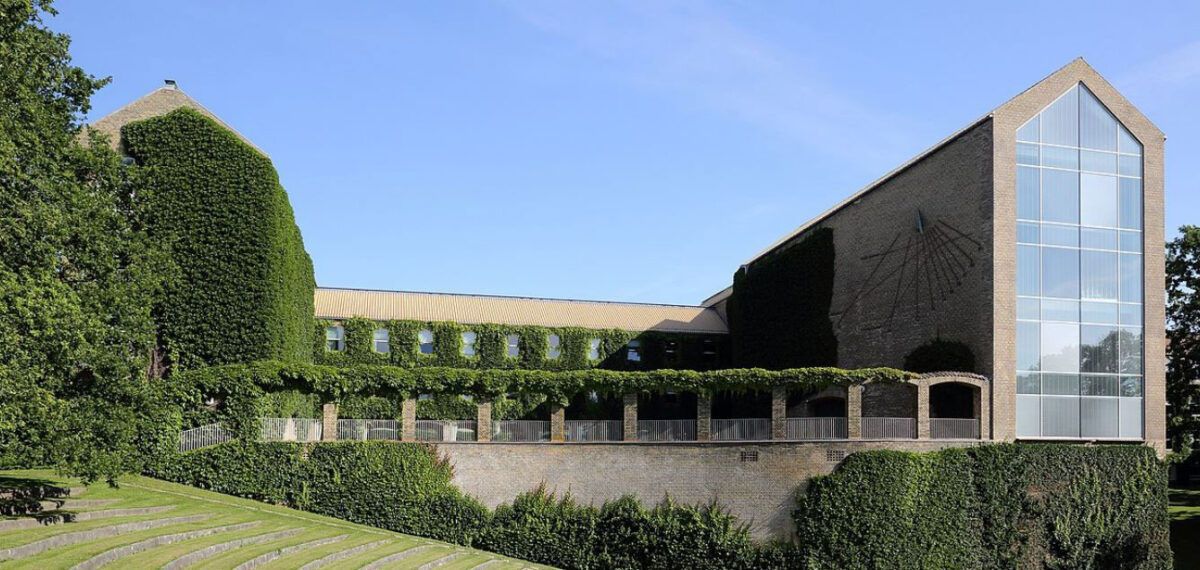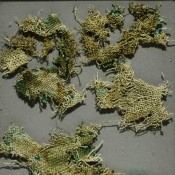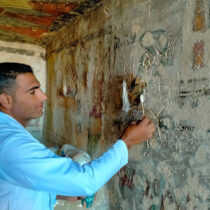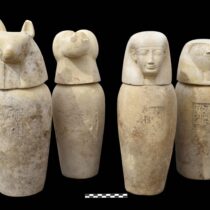The conference Cities on the Edge: Exploring Late Antique urbanism in the Southern Caucasus (AD 300–600), organised by Dr. Emanuele E. Intagliata (UrbNet, Aarhus University) and Dr. Paul Wordsworth (University of Oxford) will be held 21-22 October 2021, and it is possible to attend in person (Aarhus, Denmark) or virtually.
Registration
Deadline for physical participation: 1 October 2021
Deadline for virtual participation: 15 October 2021
Registration form: https://events.au.dk/cities-on-the-edge/signup
Conference website: https://urbnet.au.dk/news/events/2021/citiesontheedge/
Outline
The urban transformations that unfolded in Late Antiquity (AD 300–600) were directly responsible for creating the physical framework upon which cities across most of Europe and the Middle East would later develop. Because of this, Late Antique urbanism has attracted considerable attention by modern scholarship.
Within this growing research field, studies on Byzantine urbanism have mostly prevailed. These have primarily focused on those phenomena through which the Classical (Roman and Greek) form of urbanism was replaced by the medieval one – for example, the Christianisation of cities, the privatisation of space, and the reuse of architectural material for the construction of new buildings. By contrast, Sassanian cities have received relatively less attention. This research gap is primarily due to the lack of archaeological investigations and the resulting difficulties in conducting comparative based studies. However, broader overview studies are now beginning to appear also thanks to reappraisals of old data from past excavations.
There is a major methodological flaw in studies dedicated to Late Antique cities in Europe and the Middle East – whether Byzantine or Sassanian, for these are often based on reviewing the archaeological record of a handful of sites situated in territories close to the centres of power (for example, present-day Greece, Turkey, and Iran). When cities on the borderlands of Empires are discussed, their construction is often quickly dismissed as instrumental for frontier defence. However, to what extent is this true? How did their being ‘on the edge’ contributed to their flourishing or collapse? Did frontier cities conform to a type of urbanism visible in other imperial territories or they reflect local planning and building traditions? Finally, how do these cities compare to each other?
The southern Caucasus is ideal to explore these questions. The region sits in a prominent geographical location between the Black and the Caspian Seas, at a crucial crossroads of routes and civilisations between Europe and Central Asia. In Late Antiquity, the Southern Caucasus was contended by Rome, which controlled western Georgia and, in the 6th century, expanded into Central Colchis, and Sassanian Persia. Increasing archaeological activities in the area and reassessment of old data, often conducted by local scholars, have contributed greatly to a better understanding of Late Antique urbanism. Yet, until now there has been little attempt to go beyond a site-based approach and look at this topic with a wider perspective. The fact that most of the excavation reports are written in Russian, Georgian, and Armenian, has added an extra level of complexity to this endeavor that has translated into a lack of relevant literature in western scholarship.





